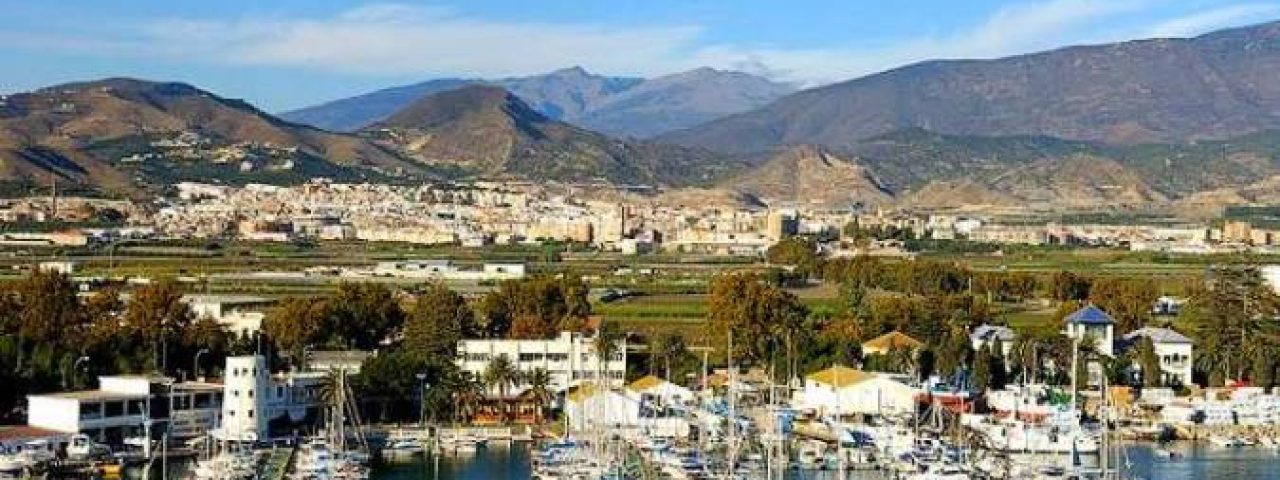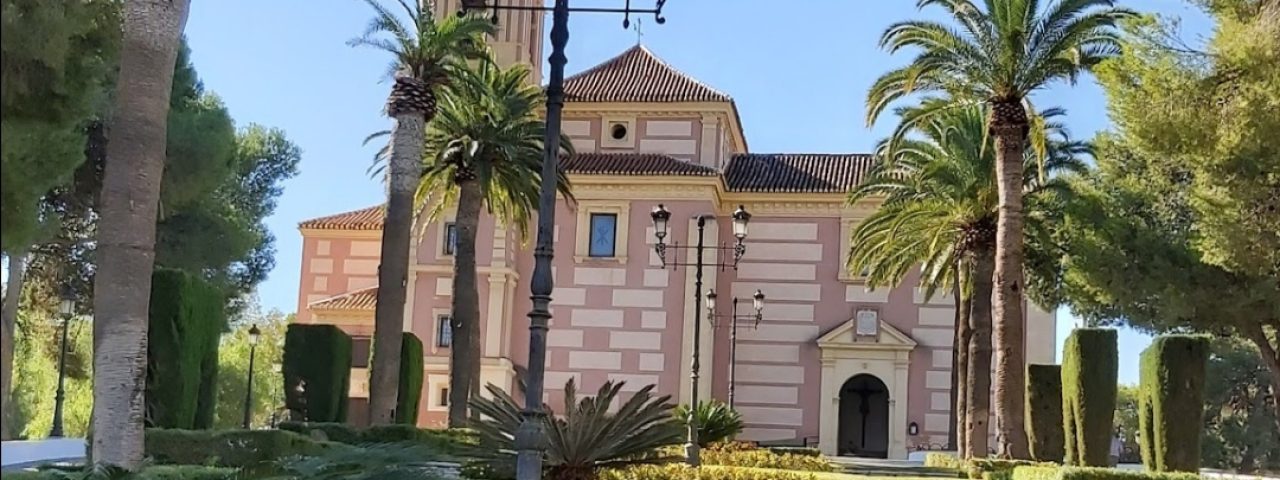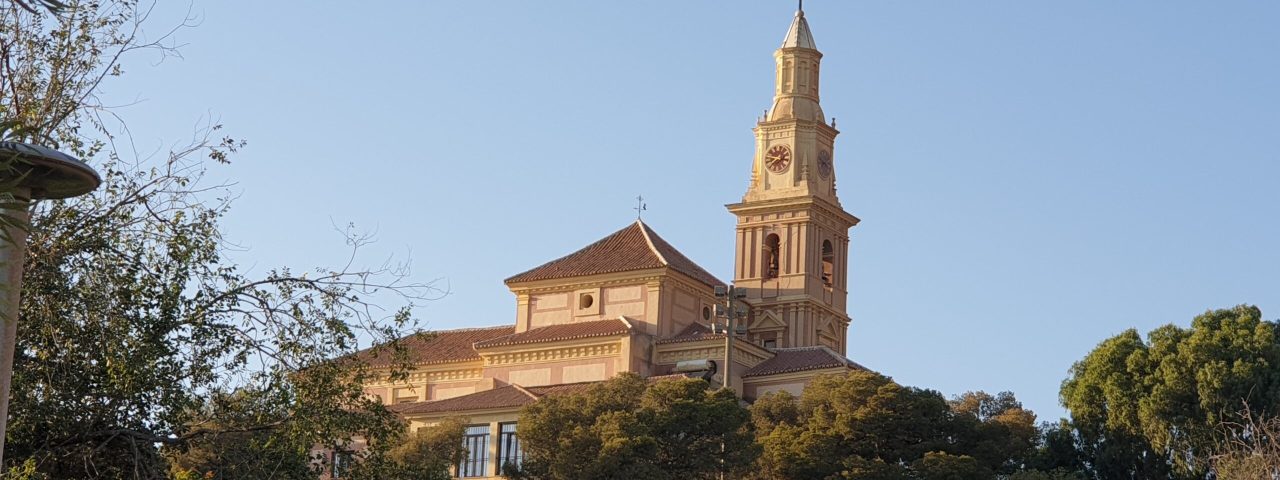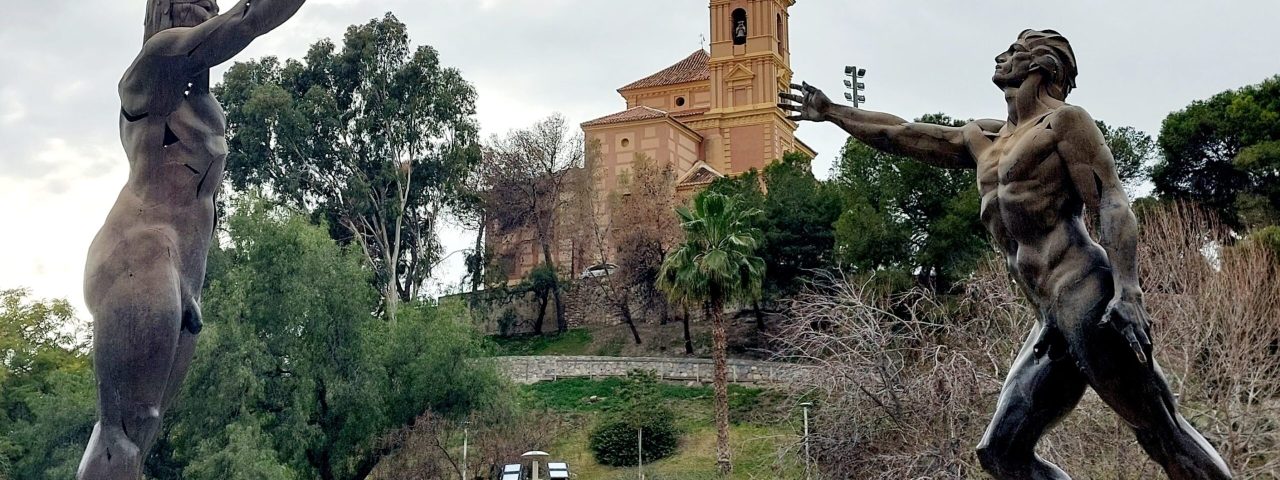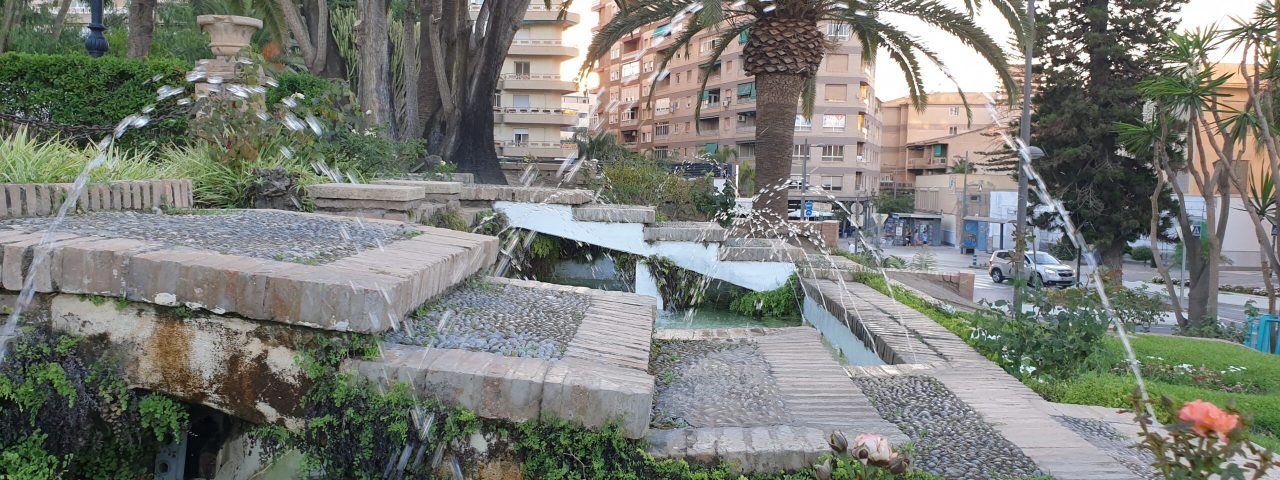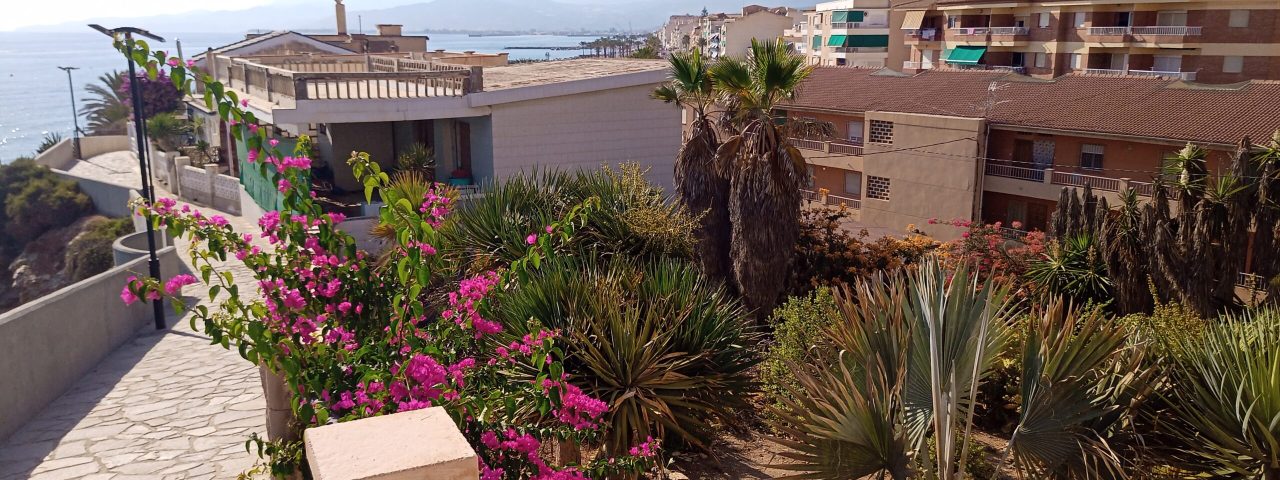Motril has a fascinating history that reflects the diverse influences that have shaped Andalusia over centuries. The city was originally founded by the Phoenicians and later inhabited by the Romans, but it flourished under Moorish rule from the 8th to the 15th century. During this period, Motril became an important agricultural and industrial center, known particularly for sugar cane cultivation. The city’s sugar industry thrived well into the 20th century, earning it the nickname “the sugar capital of Spain.”
Culturally, Motril remains deeply rooted in Andalusian traditions. The city celebrates numerous festivals throughout the year, with the most significant being Semana Santa (Holy Week), which features elaborate processions that take over the streets. The town also hosts the Virgen del Carmen festival, in which the statue of the city’s patron saint is carried through the town and taken out to sea in a colorful maritime procession.
Motril is also known for its flamenco scene, a vital part of Andalusian culture. Visitors can often find live flamenco performances in local bars and cultural centers. The city’s cultural vibrancy is enhanced by its many historical landmarks, such as the Church of the Incarnation, a fine example of Mudejar architecture, and the Museum of Sugar, which pays homage to the city’s industrial heritage.
